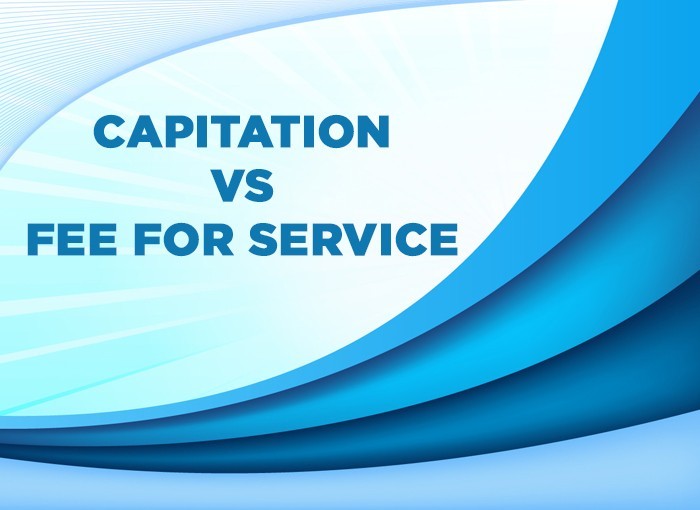Which is Better Capitation or Fee for Service?
Overview
Healthcare providers receive payments for the treatments they provide to the patients. The two terms mentioned in the title, Capitation and Fee-For-Service (FFS), are nothing but the payment methods for healthcare providers. In simple words, the two are the reimbursement methods through which healthcare professionals get paid for the treatments they provide.
Here we will try to simplify the two prevalent payment models in the U.S healthcare system in detail, including their pros and cons.
Understanding Capitation and Fee for Service
Let’s begin with understanding the Fee for service system first.
Fee for service (FFS) – As per Fee for service model, doctors are paid as per the procedures used to treat a patient. The cost is not certain under FFS. The doctors, physicians, or healthcare providers receive a fee or commission for each treatment they prescribe.
Healthcare providers offer all the required treatments to their patients which not only improves the quality of services but their revenue as well. Patients need to spend a lot more in this model because they are charged on every visit, for every procedure, and the number of treatments they receive.
Pros and Cons of Fee for Service System
The three terms that describe the Fee for service system are – Quality medical services, Expensive for patients, and Profit oriented.
| Pros | Cons |
| Quality Services – The FFS system focuses on providing all the necessary treatments to a patient rather than attending to a large number of patients. A patient receives precise assistance. | Expensive – It’s certainly expensive as far as patients are concerned. So, in the context of patients, the FFS system is not pocket-friendly. |
| Profit – The system generates more revenue for healthcare providers as patients are charged for every prescribed treatment. | Unnecessary treatment – Patients may receive some unnecessary treatments as healthcare providers probably suggest a few treatments that are not truly necessary. |
Capitation – A set amount paid to a doctor for each patient s/he attends within a set timeframe is simply known as the capitation reimbursement model. The system is based on the performance of a healthcare provider rather than the number of treatments provided to a patient. For example, a physician or a doctor is paid by his/her employer. Let’s assume that s/he is paid $50 to attend one patient. If s/he attends 100 patients, his/her total income would be $5000.
This system works quite well for both the patient and the doctor as the focus is more on patient care rather than providing unnecessary treatment or increasing patient visits to generate more revenue. The Capitation system is more efficient and provides financial certainty to both the patient and the healthcare provider. However,
Types of Capitation methods
- Primary – Doctors or physicians receive payment from HMO (Health Management Organization).
- Secondary – HMOs receive payment based on the number of patients as a brokerage between PCPs and secondary providers.
- Global – As per the global capitation method, physicians are paid per member and per month basis on the total number of patients.
Pros and Cons of the Capitation System
The three terms that describe the capitation system well are Cost-effective, cheaper than FFS, and patient care.
| Pros | Cons |
| Cost-effective: As aforementioned, only a set amount is paid to the doctor for each patient. Thus, making the capitation system a cost-effective one. | Lack of assistance: As doctors are focused on attending to a large number of patients, a patient may receive less than required assistance. |
| Financially balanced: The system provides a financial balance to the doctors and the patients. | Lack of care: Patients may receive less care as the providers might restrict the tests or treatment to lower the costs. |
Conclusion
Capitation seems to be a more effective and efficient reimbursement model when it’s compared to the FFS model but both have their own set of pros and cons. Many providers believe that a healthy financial model supported by quality medical services needs to be in place for a practice to grow.
Although patients are more likely to receive quality medical services under the Fee for service system, it’s likely to put a financial burden on them. And, this is one of the major reasons why a lot of healthcare organizations are maintaining a distance from the system and likely to adopt the value-based patient care system i.e. Capitation.
Even though the Capitation system is not entirely perfect, it maintains a healthy balance between patient care and financial support to the provider and the payer both.




